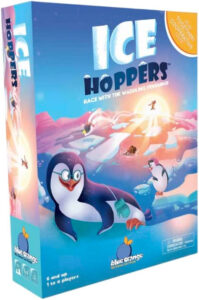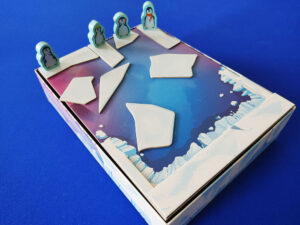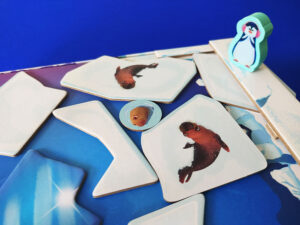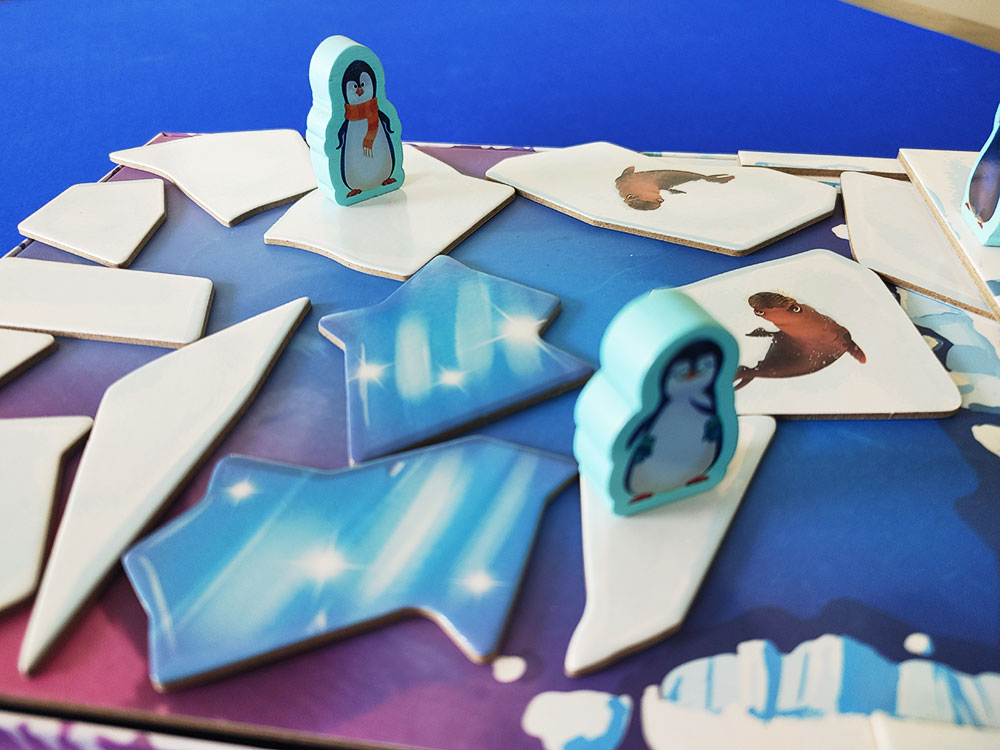 When I was in elementary school, I auditioned for a part in the winter play. I wasn’t going after the lead or even the play’s most heroic character. No, the role I wanted was that of Peter Penguin. Peter Penguin was a sidekick character, an advisor to the kingdom’s royalty. He was on stage a lot and was there for most of the play’s most impactful scenes. I put everything I had into that audition. I was even off-book by the time I went into the room with the director. I gave it my all. And I didn’t get the part.
When I was in elementary school, I auditioned for a part in the winter play. I wasn’t going after the lead or even the play’s most heroic character. No, the role I wanted was that of Peter Penguin. Peter Penguin was a sidekick character, an advisor to the kingdom’s royalty. He was on stage a lot and was there for most of the play’s most impactful scenes. I put everything I had into that audition. I was even off-book by the time I went into the room with the director. I gave it my all. And I didn’t get the part.
It turns out that because my father worked for the United States Postal Service and I had easy access to clothes with the official postal insignia on them, I was given the role of an unnamed courier who only had one line of dialogue. It was a decision made of a budgeting practicality that I have both never forgotten and never forgiven the director for. In any event: my desire to be Peter Penguin 30 or so years ago is why I assume I was picked to review Ice Hoppers, the new game for 1-4 players designed by Ousssama Khelifati.
Gameplay Overview:
Ice Hoppers is a dexterity game in which players are trying to rescue four penguins who have drifted out into icy waters by moving ice floes. (I named all the penguins in the game “Peter.” As you can see: this fourth-grade play is a real preoccupation for me.) Players will set up the game by placing nine starting snowy tiles out onto the board and will arrange the penguins as far away as possible from the board’s iceberg bridge. The only way to win the game is to get all the penguins to the iceberg bridge before the tiles in the bag run out.

On a player’s turn they will grab an ice chunk tile from the bag and slide it toward the penguins from the opposite edge of the board (where the iceberg bridge is). Most of the time the tiles players slide will not directly impact the penguins, but it will hit the other tiles between the ice bridge and them. Doing this will make tiles touch, thereby creating paths that the penguins can ultimately hop across.
After a player has slid a new ice piece onto the board, they will be able to move one penguin to an adjacent tile so long as it is touching the tile that the penguin starts on. There’s also a special rule that penguins can slide on their bellies across tiles that are frosty, designated because they are colored blue. Players can create some fun chains by strategically pushing these tiles next to one another.

If a penguin is accidentally knocked off the board, it isn’t gone forever. (This is a kids’ game after all and not some bizarre penguin horror flick.) Instead, it is simply repositioned at the furthest point back as though it were the start of the game. That’s essentially all the rules to Ice Hoppers. There is a more difficult module you can add which uses seal illustrations present on some of the tiles. If a seal-decorated tile is put into play, players must add circular tiles to the board that penguins cannot jump across making the path more difficult to traverse and changing the way the tiles interact when you push them. (I named all the irritating seals in the game “Aaron” after the kid who ended up playing Peter Penguin in the winter play.)
Players collectively win the game if all four Peter Penguins make it to the iceberg bridge before the bag of tiles runs out. Otherwise, the game wins, which in this case is I guess a metaphor for climate change? I’m not really sure.

Game Experience:
The first few turns of Ice Hoppers are instantly engaging. There aren’t any tiny rules referencing edge cases so it’s incredibly fast to get this to the table when playing with children. As the team of penguin rescuers progresses, there’s tension as everyone decides which side (left or right) of the iceberg bridge to slide the tiles into and even some strategy depending on the shape of the tile. In many ways it reminds me of a cooperative Kabuto Sumo, which is the dexterity game where players push objects towards their opponents to knock their main piece off the board. And, very much like Kabuto Sumo, it kind of stops being fun after a few minutes of play.

As a technical matter, there’s not really much to nitpick about Ice Hoppers itself. It plays exactly as the designers intended and it’s quite a bit of fun across its short play time. Sadly, even for a children’s game, there’s not a whole lot here beneath the surface. (Pun 100% intended.)
Essentially before the first turn players will know exactly what they need to do to win the game and they just must adapt based on what tiles are pulled. There’s no change to any of the strategy; everyone simply uses their dexterous skill as best they can on every turn. It is possible that my kids have aged out of this particular game (even though they are in line with the 6+ age range as described on the box), but after three or four turns the game did feel a bit repetitive despite it only lasting 10 or so minutes. My kids were still having fun, but the adults were mostly going through the motions and feigning aggravation as one of the Peter Penguins dropped off the back of the playing area into the oblivion below. (I mean “pulled itself back up onto the last tile.” Again: not a horror game.)
Final Thoughts:
I won’t say that Ice Hoppers is a bad game. It’s absolutely not and as a children’s filler game it’s actually a lot of fun. What’s odd about it is that it feels almost too stripped down to be a standout children’s game in the vein of Dragomino or Coconuts. It simply plays too repetitively for it to be a game that even young children will come back to a whole lot. It’s definitely better than most of the stuff you can get at Target, but I do feel that there are many better options with a similar difficulty level for this age group.
Final Score: 3 Stars. A fun children’s game that might even be too slight for its target demographic.
 Hits:
Hits:
• Fun art and components
• Neat idea
• Almost no rules overhead
• Slightly more difficult variant included
Misses:
• Not much depth (even for a children’s game)
• Turns get repetitive pretty quickly despite short running time
• Made me relive a traumatic childhood theater experience





















